The following examples represent some of the ways in which I engaged first-year students in applying multiple disciplinary perspectives, and research methods to investigate problems of social order through a hands-on approach to learning in my classes.
What is theory? Students analyze newspapers from different countries covering the anti-American protests in the Islamic world prompted by a YouTube video, which reaches a climax in the murder of the American ambassador in Libya. Students identify the causal relationships, correlations and spurious variables implicit and explicitly stated in each journalist’s argument. For each causal argument, they create lists of evidence that scholars would require to support their proposition.
Human Nature: Prompted by the fear of death and a desire for “commodious living” individuals agree to give up their freedom to a central authority and social order is maintained…or is it? Through a simulation with cards and a battle of “rock, paper, scissors,” students assess whether Hobbes’ theory holds up in their group. Students propose variables that will favor control over freedom.
Coordination without Cooperation: Is it possible for self-interested individuals to produce a coordinated and cooperative society without hierarchical authority? Students play an iterative game with pennies and nickels representing two ethnic groups in a residential neighborhood. Based on agent based modeling methods proposed by Thomas Schelling, students reflect why, in the absence of government regulation or social norms, individual preferences concerning one’s neighbors create ethnic clusters in their models.
The Evolution of Cooperation: What makes cooperation so difficult to attain? Students learn the rationale of the prisoner’s dilemma. They reenact the arms race between the Soviet Union and the United States during the Cold War. Country teams are separated and, uncertain of what the other will do, they must decide if their government will build more nuclear weapons or cooperate and cease the build-up. Based on the characteristics of the prisoner’s dilemma, two rounds of diplomatic negotiations, and each country’s historical constraints during the Cold War, will each side decide to defect or cooperate? Students propose strategies to overcome the dilemma.
Order through Markets: Students discover how productivity increases applying the principles of Adam Smith’s division of labor. They build robots out of Lego, and individual students compete against assembly line teams. They identify logical conclusions of a specialization model, and discuss benefits and pitfalls of free trade and globalization.
Obeying Rules: What makes people obey rules? Students become ethnographic sociologists and practice participant observation on St. George Street. They record examples of rule obedience and rule breaking behavior. Students then compare their observations and collectively decide how the state, material incentives and social norms influence rule following.

